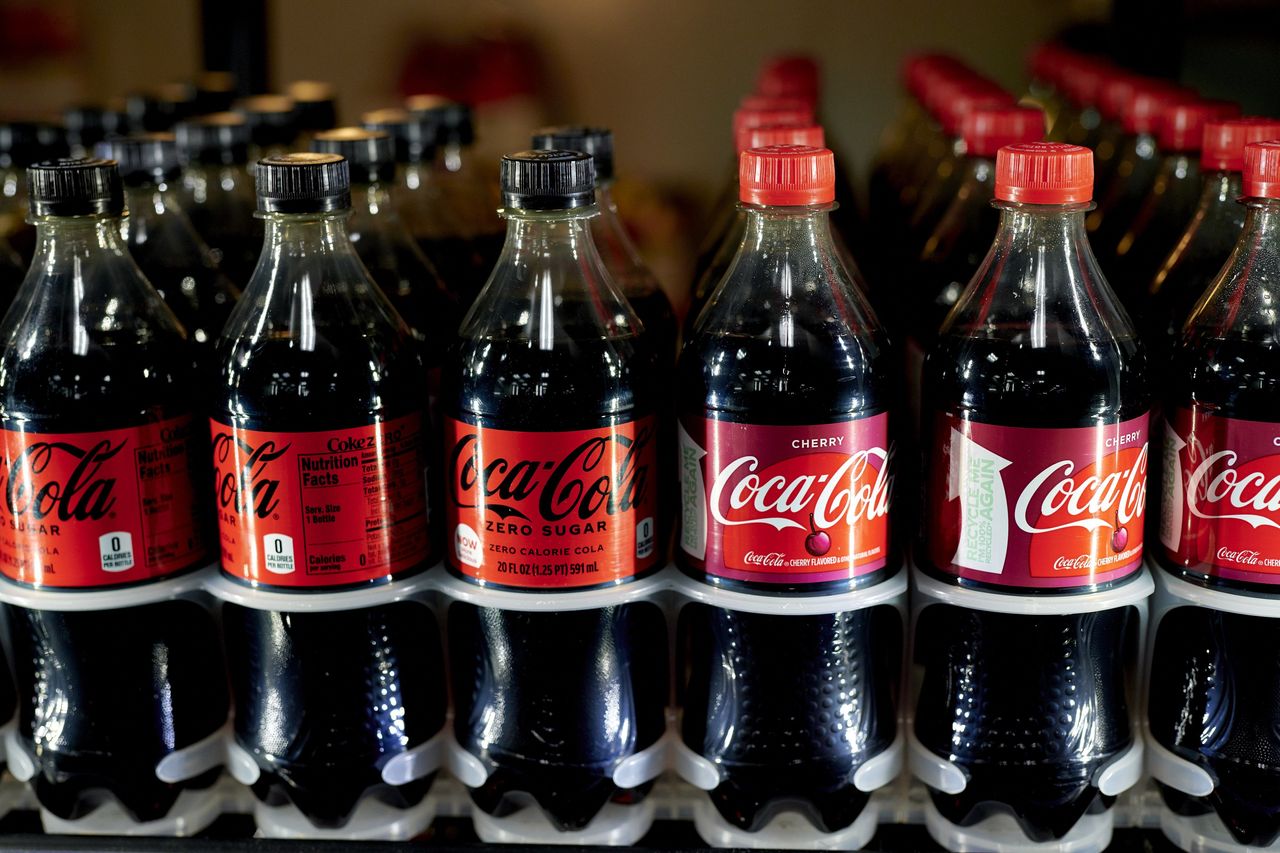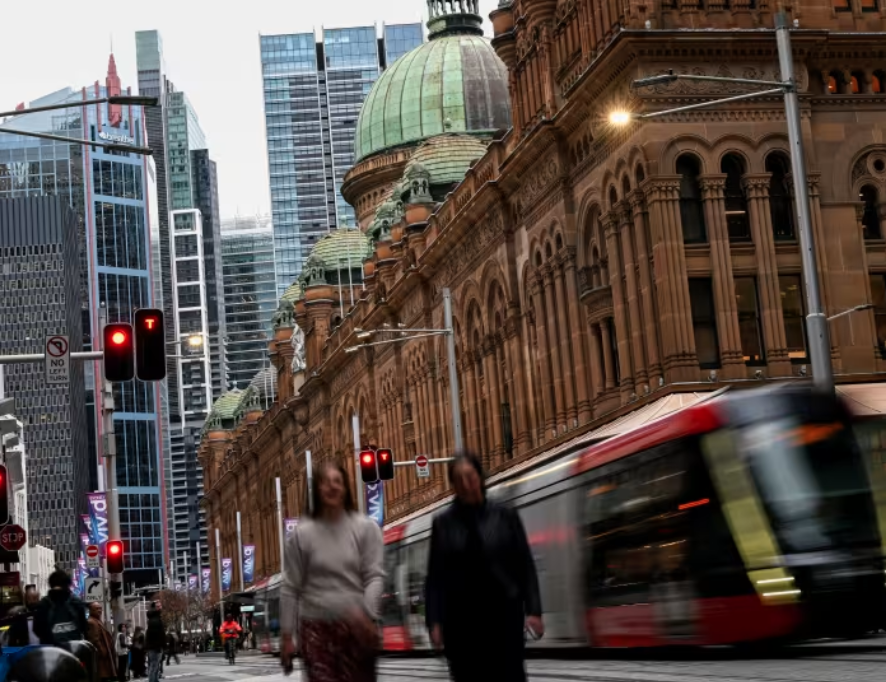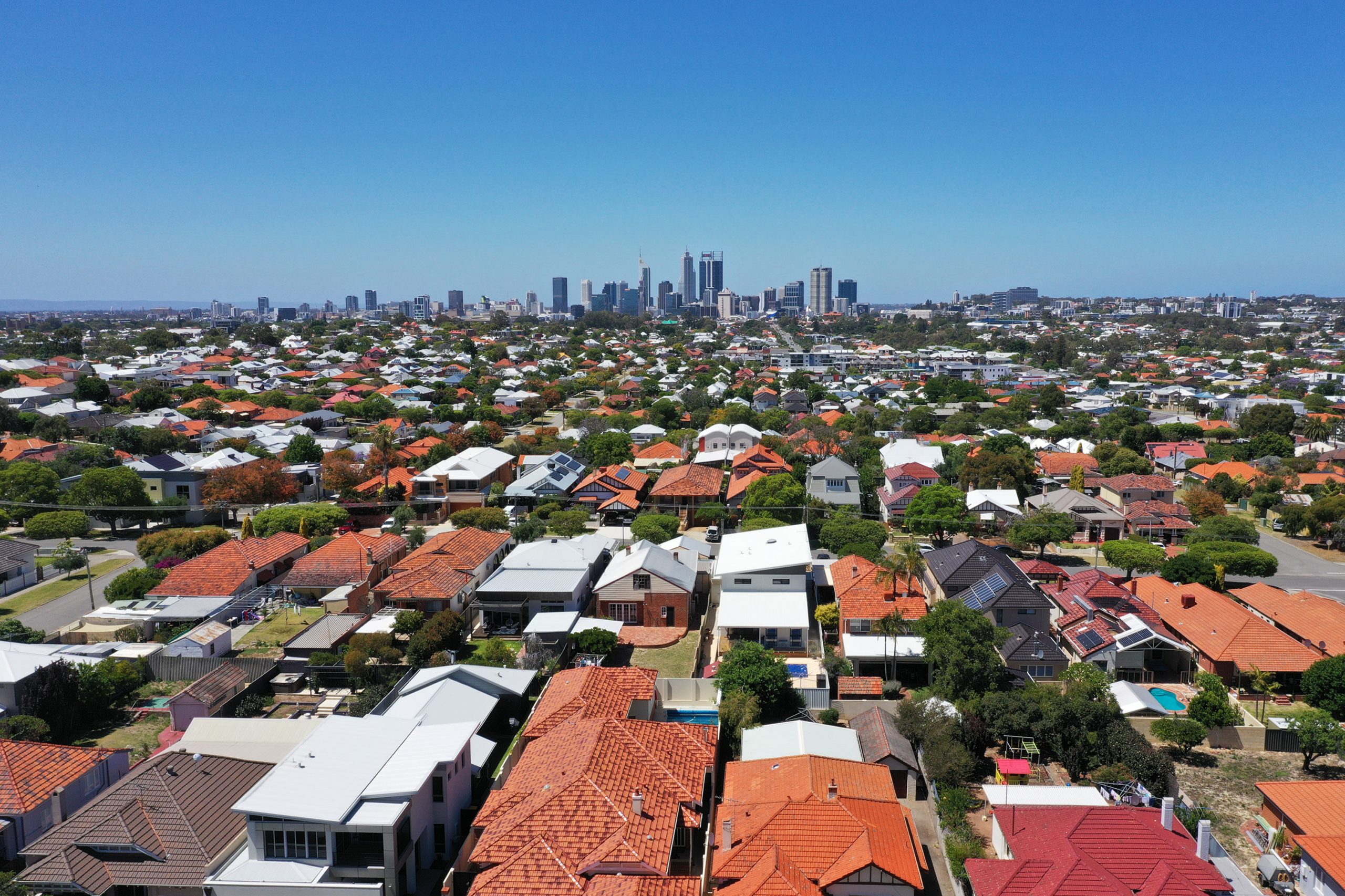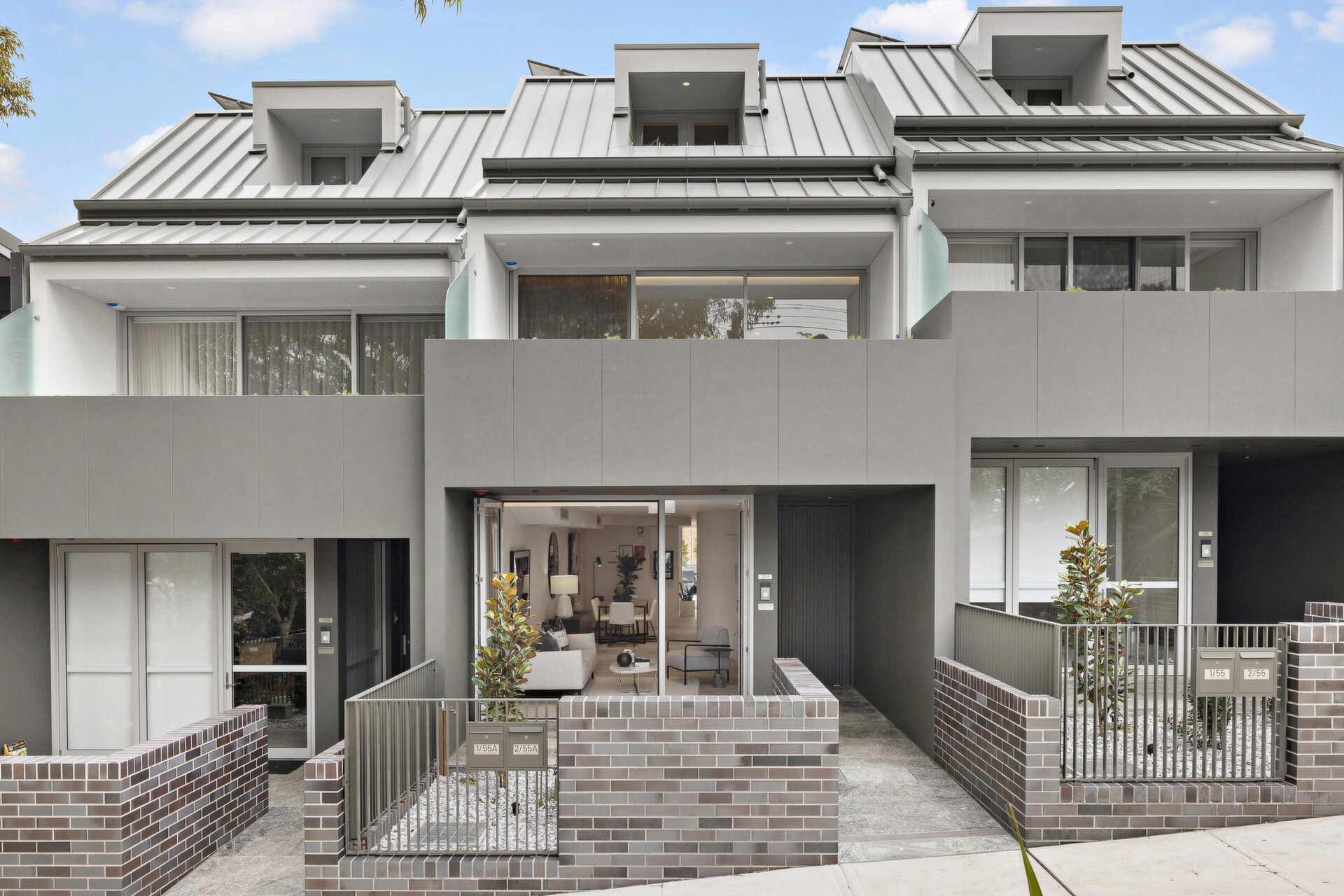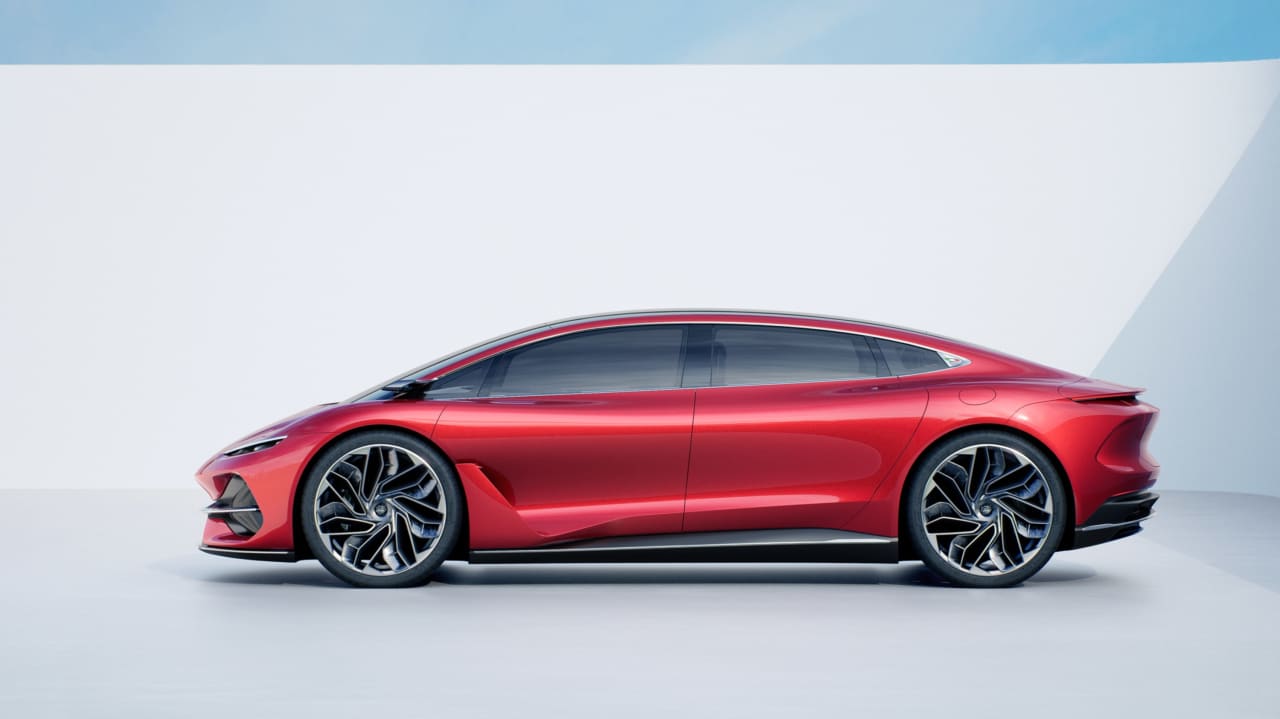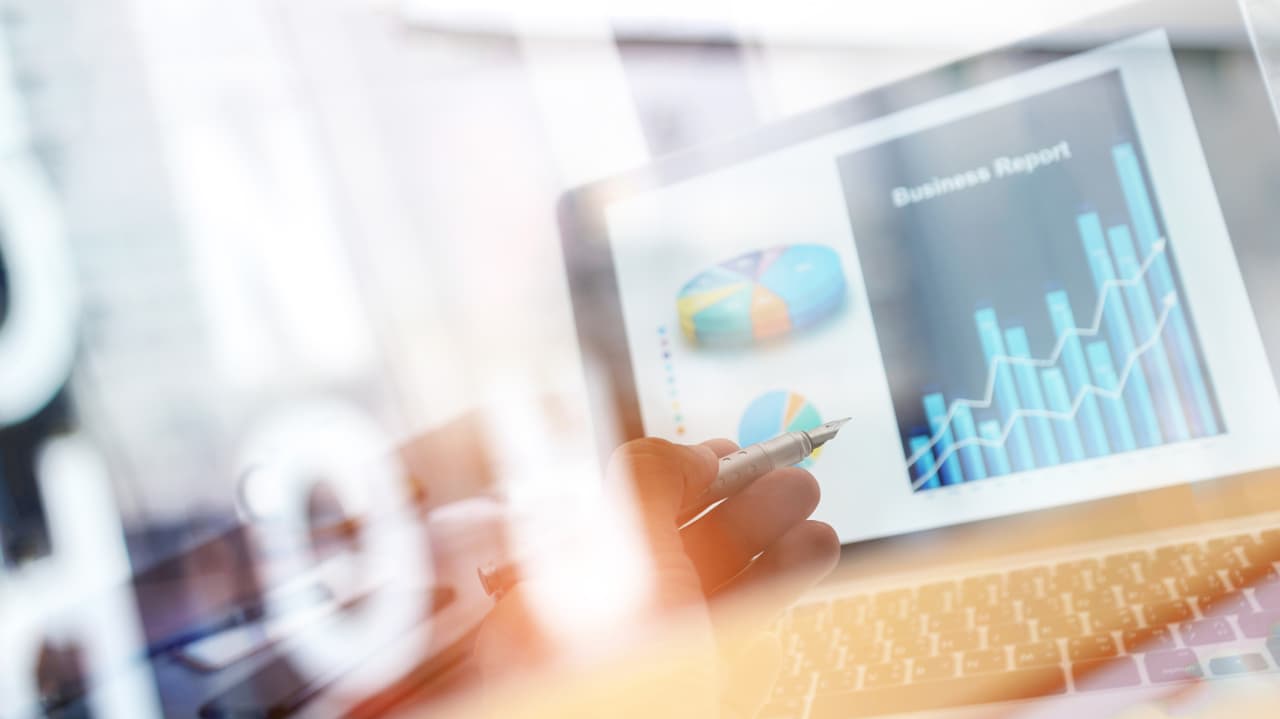Coca-Cola Trials Turning Hard-to-Recycle Plastic Into Bottles
Coke’s biggest European bottler is backing a new technology that makes food-grade plastic out of landfill-bound waste
Coca-Cola is trialing technology in Europethat turns hard-to-recycle plastic into new bottles, as part of its effort to meet its sustainability goals.
The company’s biggest European bottler, Coca-Cola Europacific Partners, is funding a startup in the Netherlands that will produce food-grade recycled plastic from plastics that usually get sent to landfill or are incinerated—such as films, trays, clothing and colored packaging. It will create an additional source of recycled material. Current supplies of recycled plastic are costly and limited, which is keeping companies hooked on abundant and cheaper oil as a key ingredient in the production of packaging.
“This new technology is critical to improve access to recycled material for bottles,” said Wouter Vermeulen, Coca-Cola’s senior director of sustainability and public policy in Europe. “The Coca-Cola system is committed to reducing our dependency on oil for producing virgin packaging materials and promoting recycling.”
Coca-Cola is aiming to boost the proportion of recycled materials that make up its packaging to 50% by 2030. The soft-drinks group has achieved around 25% so far.
The company needs its bottlers to use more recycled materials to meet its own sustainability goals. “We simply do not have the necessary levels [of recycled plastic],” said Joe Franses, vice president of sustainability at Coca-Cola Europacific Partners.
The new process from startup CuRe Technology cleanses and partially breaks down plastics for reassembly into recycled material. Its so-called partial depolymerization method removes color from polyester, turning it into clear polyethylene terephthalate—or PET—pellets.A study commission by CuRe said its process results in roughly 65% lower greenhouse-gas emissions than oil-based new plastic production. Coca-Cola Europacific Partners invested in CuRe in 2020 and again this year.
CuRe has been sending samples to Coca-Cola in Atlanta for testing and, if it continues to meet quality standards, it is possible the recycled plastic could make its way to other markets.
“We are currently focused on scaling CuRe’s technology in the right way for use in Europe as a first priority, before looking at how this could benefit other markets,” Coca-Cola’s Mr. Vermeulen said.
By 2025, a plant is expected to produce around 25,000 metric tons of recycled plastic a year. Coca-Cola Europacific Partners will get a significant amount of that output but it will represent a fraction of its feedstock, currently around 200,000 metric tons of polyester a year in Europe. If the factory meets expectations, the bottler will build a larger plant before the end of the decade.
Packaging represents around 40% of Coca-Cola Europacific Partners’ carbon footprint, largely because of its use of oil-based virgin plastic. It aims to stop using oil to produce plastic bottles by 2030. Last year, almost half of its bottles were made from recycled plastic and bioplastics.
By the turn of the next decade, Mr. Franses at Coca-Cola Europacific Partners envisions technology such as CuRe’s supplying around 25% of the bottling company’s needs while traditional recycling methods will satisfy about 70%. He hopes recycled plastic supplied by CuRe’s method to be on par or not significantly more expensive than current recycled plastic, which can be 50% more costly than plastic made from oil.
“I’m not going to stand here in 2023 and say we’ve got a full road map that is going to take us there,” Mr. Franses said. “What I am really confident on is that the business has made the right investments.”
 Copyright 2020, Dow Jones & Company, Inc. All Rights Reserved Worldwide. LEARN MORE
Copyright 2020, Dow Jones & Company, Inc. All Rights Reserved Worldwide. LEARN MORE
This stylish family home combines a classic palette and finishes with a flexible floorplan
Just 55 minutes from Sydney, make this your creative getaway located in the majestic Hawkesbury region.
Excluding the Covid-19 pandemic period, annual growth was the lowest since 1992
Australia’s commodity-rich economy recorded its weakest growth momentum since the early 1990s in the second quarter, as consumers and businesses continued to feel the impact of high interest rates, with little expectation of a reprieve from the Reserve Bank of Australia in the near term.
The economy grew 0.2% in the second quarter from the first, with annual growth running at 1.0%, the Australian Bureau of Statistics said Wednesday. The results were in line with market expectations.
It was the 11th consecutive quarter of growth, although the economy slowed sharply over the year to June 30, the ABS said.
Excluding the Covid-19 pandemic period, annual growth was the lowest since 1992, the year that included a gradual recovery from a recession in 1991.
The economy remained in a deep per capita recession, with gross domestic product per capita falling 0.4% from the previous quarter, a sixth consecutive quarterly fall, the ABS said.
A big area of weakness in the economy was household spending, which fell 0.2% from the first quarter, detracting 0.1 percentage point from GDP growth.
On a yearly basis, consumption growth came in at just 0.5% in the second quarter, well below the 1.1% figure the RBA had expected, and was broad-based.
The soft growth report comes as the RBA continues to warn that inflation remains stubbornly high, ruling out near-term interest-rate cuts.
RBA Gov. Michele Bullock said last month that near-term rate cuts aren’t being considered.
Money markets have priced in a cut at the end of this year, while most economists expect that the RBA will stand pat until early 2025.
Treasurer Jim Chalmers has warned this week that high interest rates are “smashing the economy.”
Still, with income tax cuts delivered at the start of July, there are some expectations that consumers will be in a better position to spend in the third quarter, reviving the economy to some degree.
“Output has now grown at 0.2% for three consecutive quarters now. That leaves little doubt that the economy is growing well below potential,” said Abhijit Surya, economist at Capital Economics.
“But if activity does continue to disappoint, the RBA could well cut interest rates sooner,” Surya added.
Government spending rose 1.4% over the quarter, due in part to strength in social-benefits programs for health services, the ABS said.
This stylish family home combines a classic palette and finishes with a flexible floorplan
Just 55 minutes from Sydney, make this your creative getaway located in the majestic Hawkesbury region.









